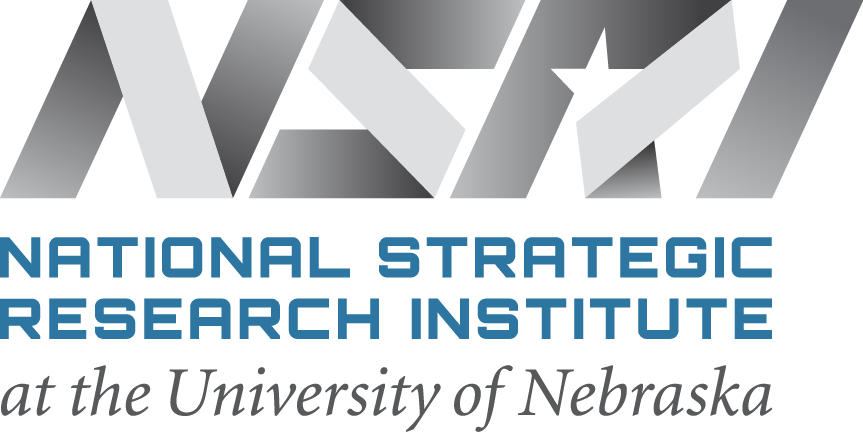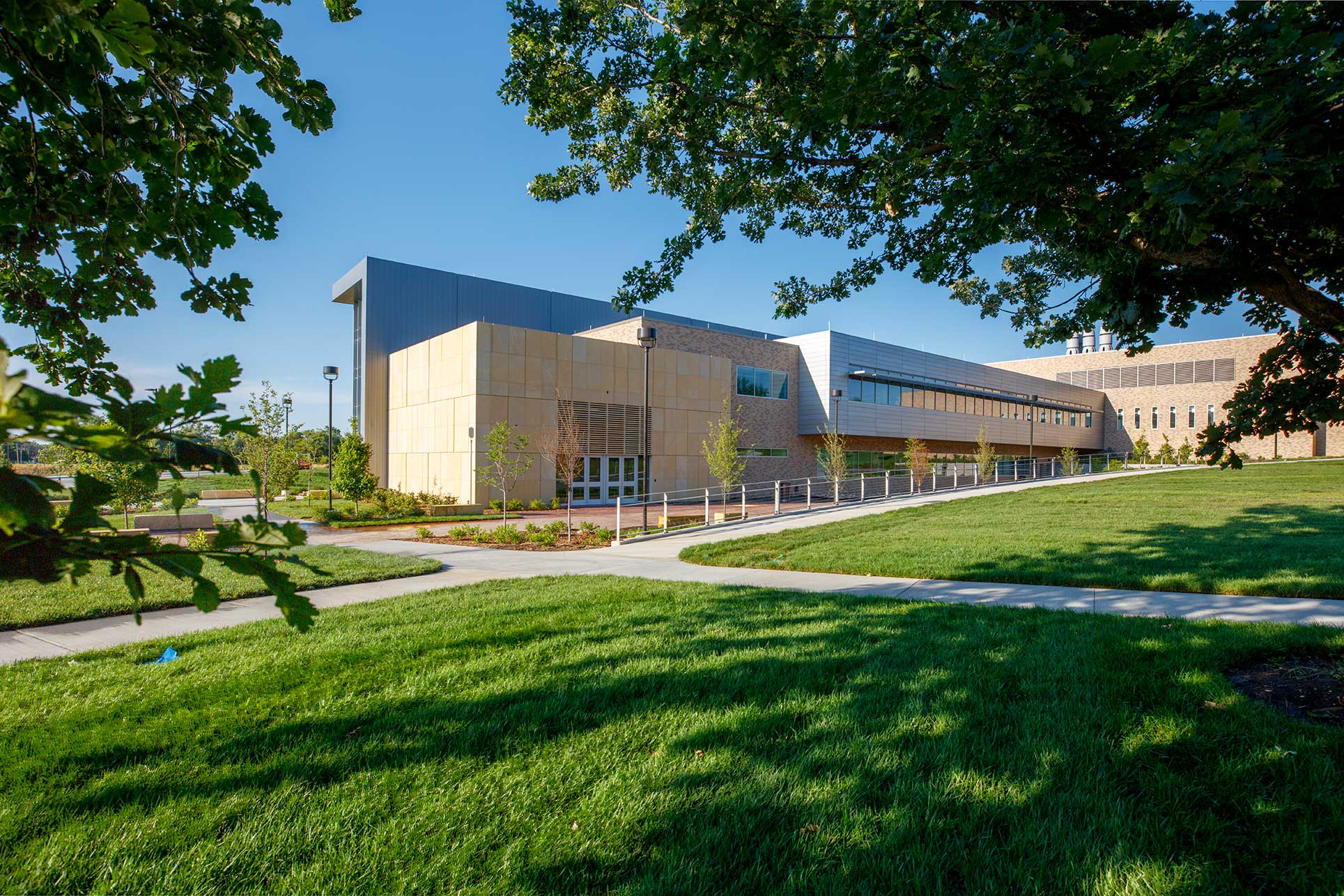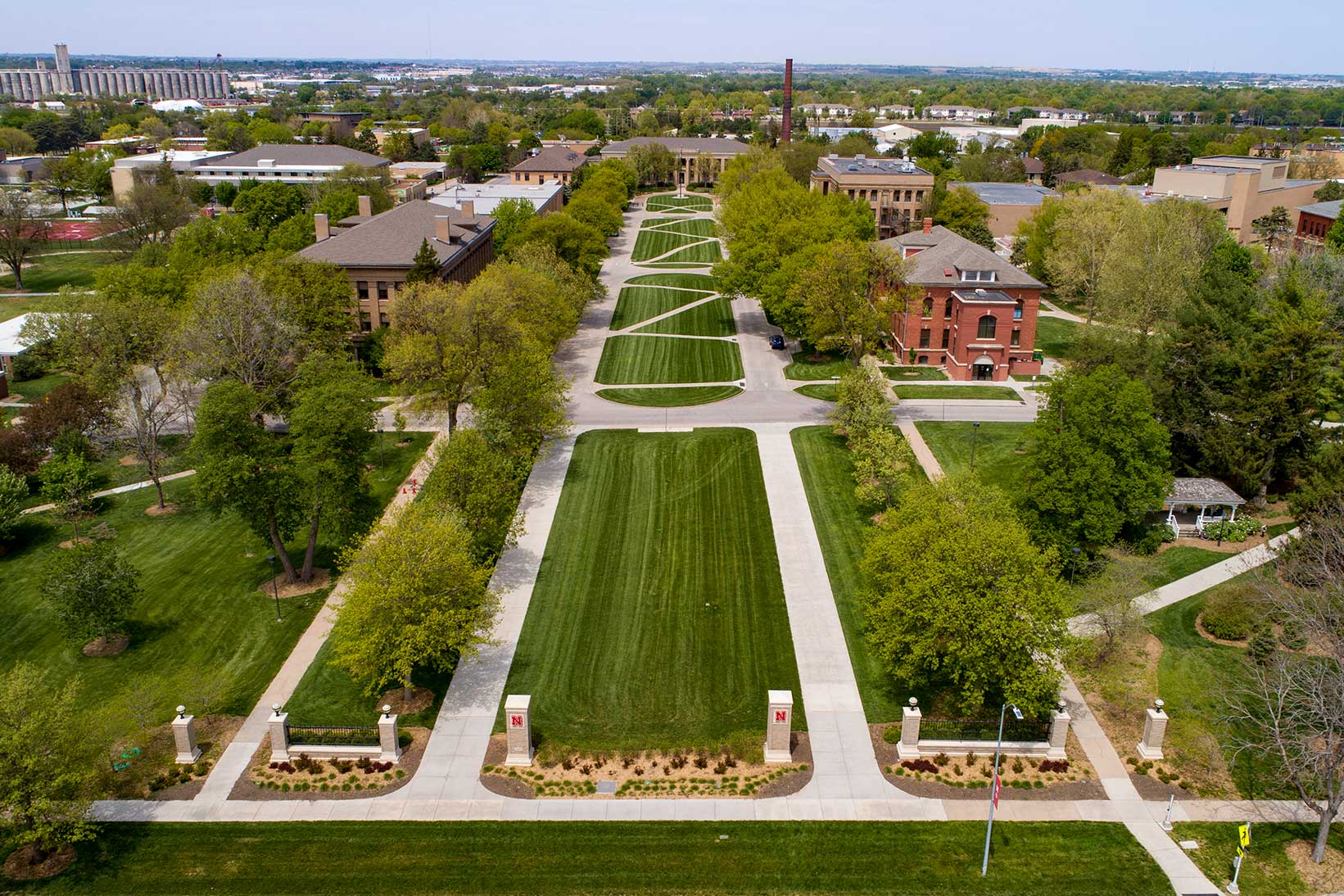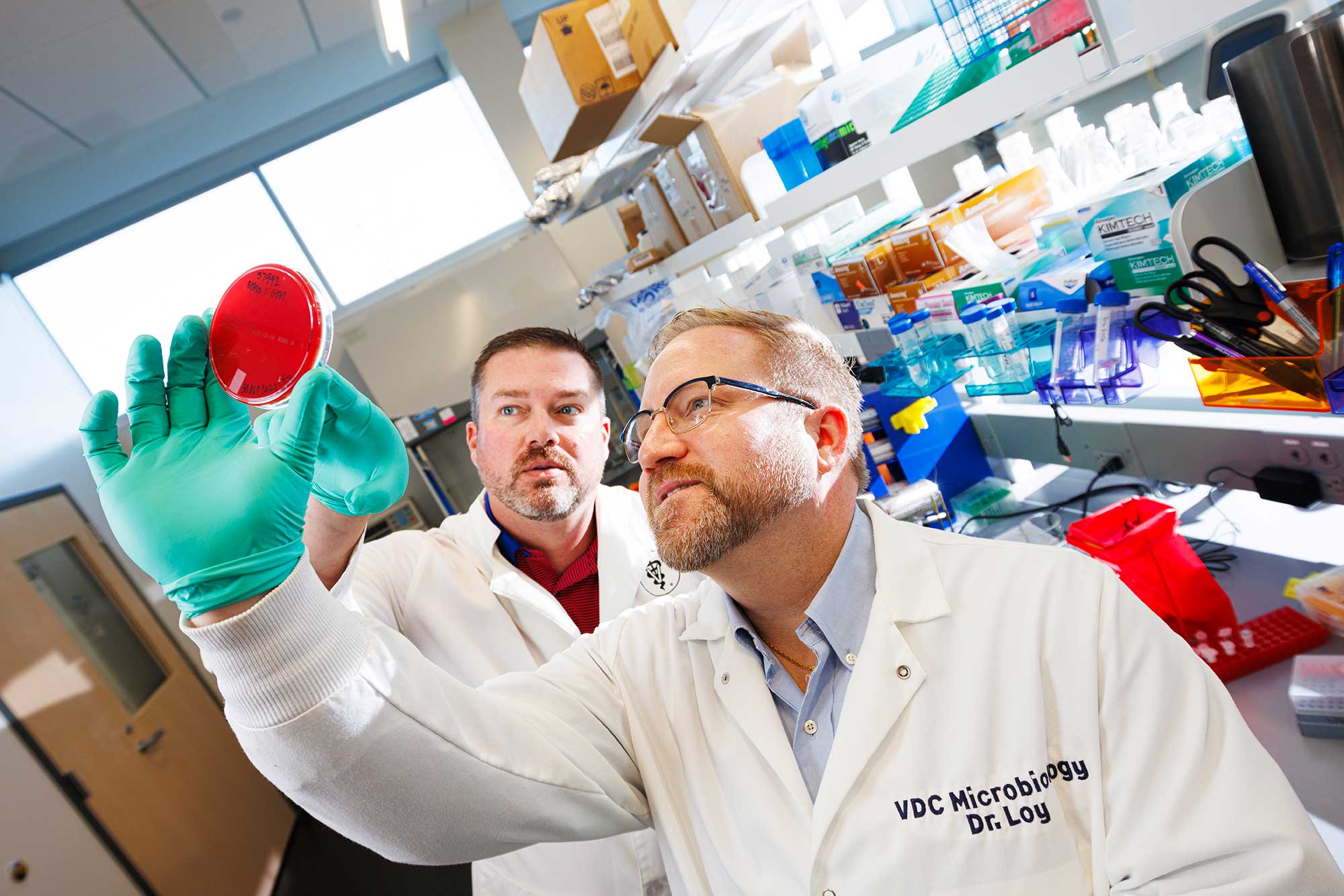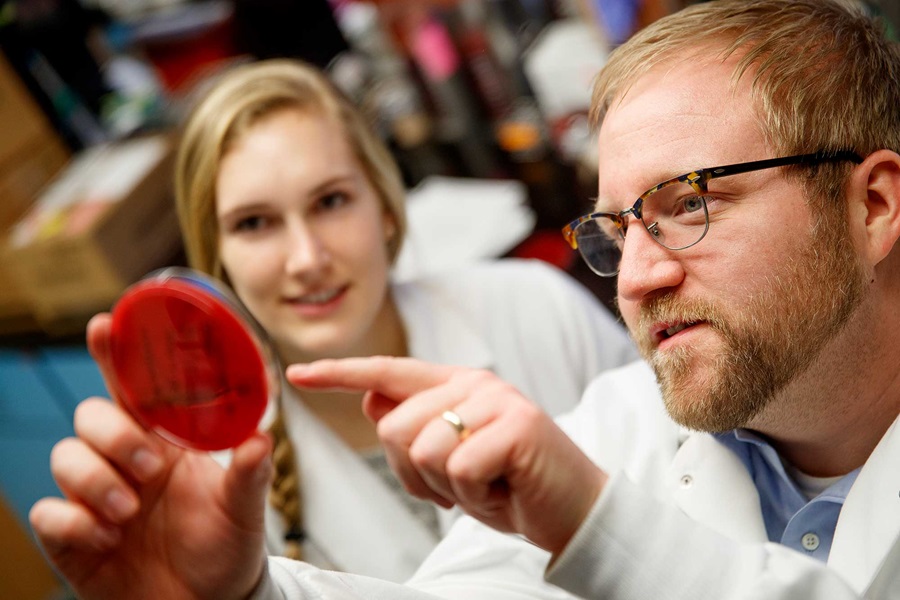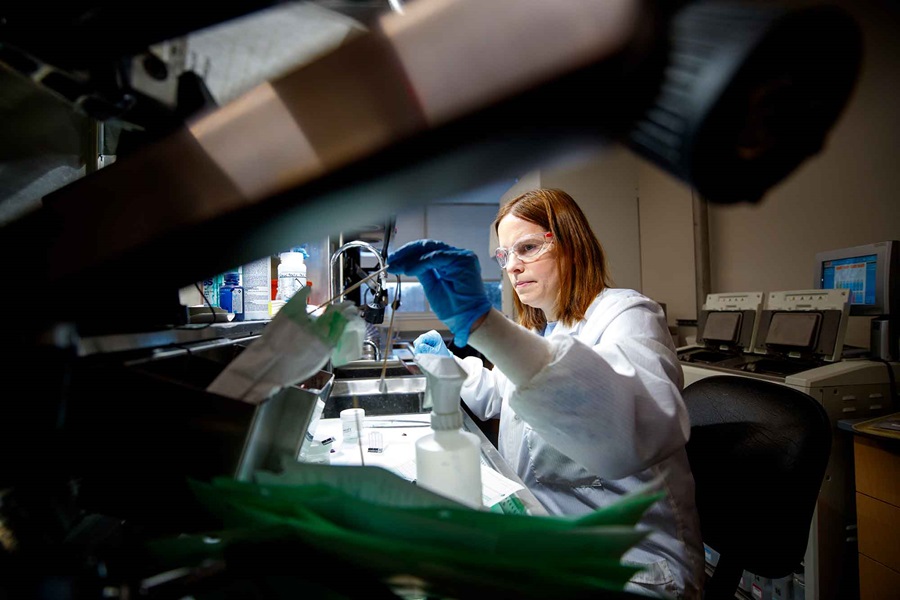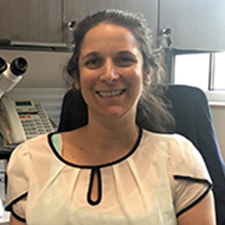Experienced Experts
Assistant Professor
ACVP board certified veterinary anatomic pathologist with expertise in pathology and diseases of birds, wildlife, exotic pets and zoo animals.
Professor
ACVP board certified veterinary anatomic pathologist with expertise in diseases of companion animals, livestock and exotic animal species.
Assistant Professor
Expertise in veterinary anatomic pathology and infectious diseases, primarily bacterial pathogens of beef cattle.
Professor
ACVM board certified veterinary microbiologist with expertise in diagnostic microbiology and infectious diseases of livestock.
Assistant Professor
ACVP board certified veterinary anatomic pathologist with expertise in pathology and viral diseases of swine.
Professor
ACVP board certified veterinary anatomic pathologist with expertise in multiple species and tissue systems investigating disease pathogenesis and scoring tissue changes for statistical analysis.
Leading Equipment
FT-IR
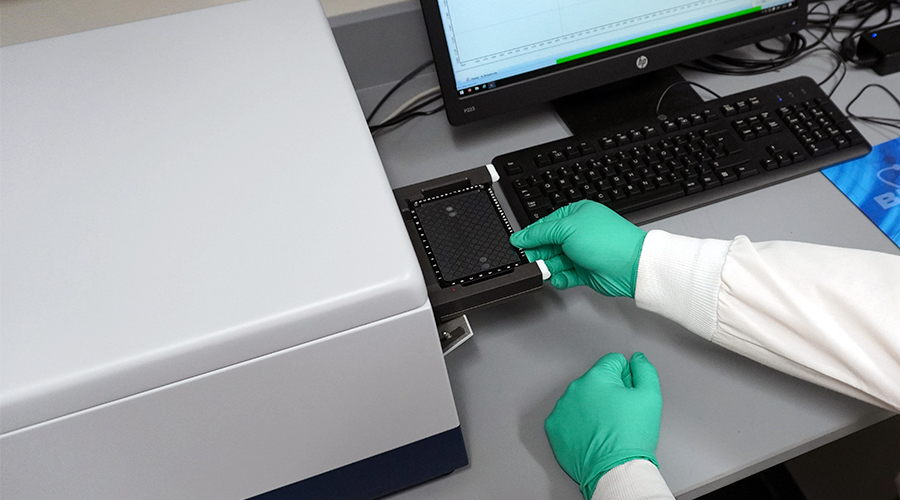
Fourier transform infrared spectrometry (FT-IR) is a technique that allows for capture of the infrared spectrum associated with bacterial cells, which allows for advanced and rapid typing for bacterial pathogen based on the molecular composition of their surfaces. This can help determine within minutes if the bacteria is a virulent strain or part of an outbreak.
MALDI-TOF mass spectrometry
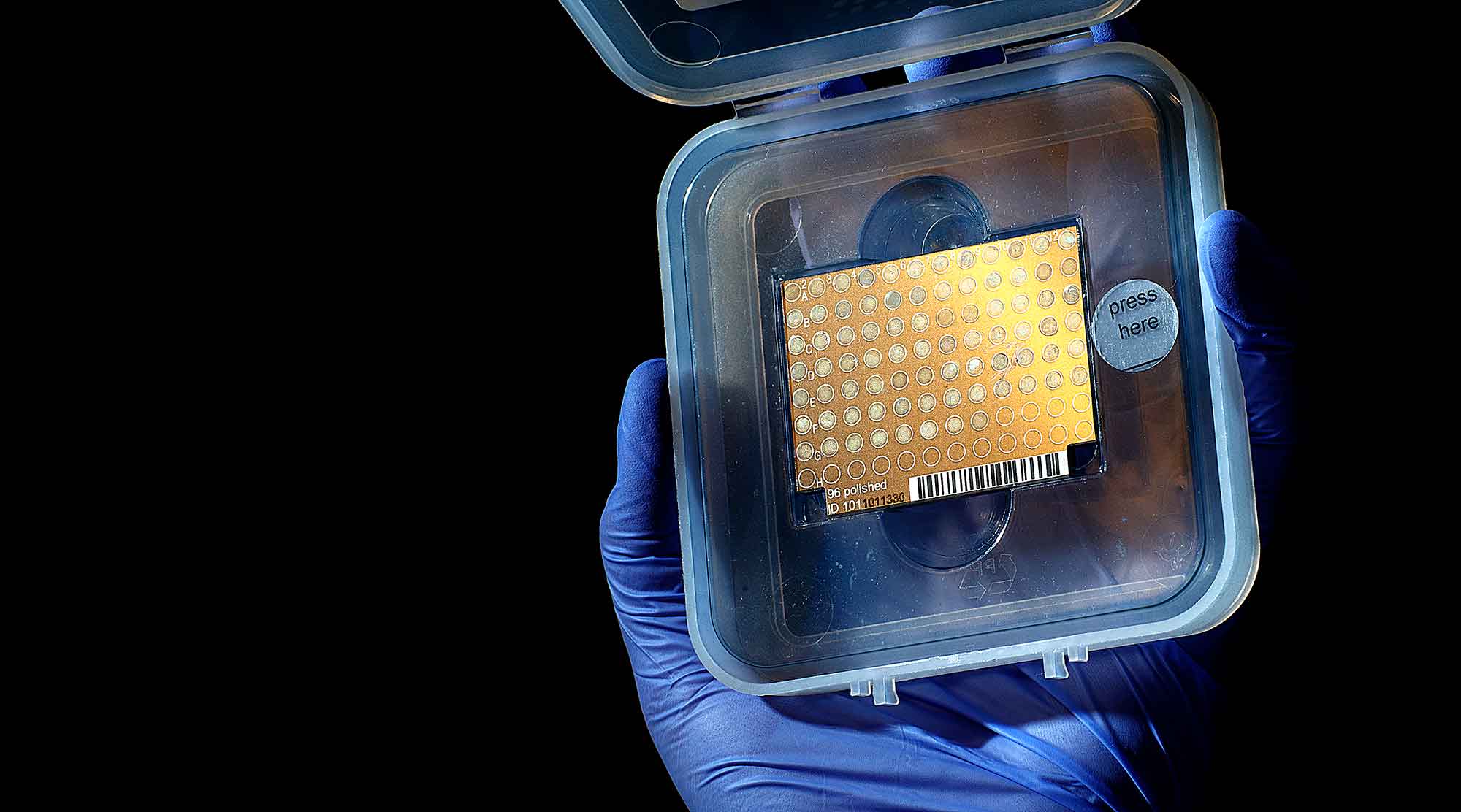
With this diagnostic tool, which allows for microbial identification and characterization based on the detection of the mass of molecules, the NVDC has been able to create testing processes and procedures that take only 10 to 15 minutes instead of days to complete. This speed is critical to successful treatment and mitigation of disease.
Contributions to Science & Practice

Bovine pinkeye
This debilitating disease is primarily caused by Moraxella bovis, a tiny organism that, in the 21st century, results in annual losses to the cattle industry estimated in the hundreds of millions of dollars. NSRI Fellow Dr. Matt Hille, an assistant professor of veterinary medicine and biomedical sciences, headed the first long-term study of bovine pinkeye vaccines, identifying shortcomings in inoculation efficacy, which was published in 2022. Learn more >

Porcine reproductive and respiratory syndrome virus
UNL scientists have received a $627,000 federal grant to study a viral disease posing a significant threat to the swine industry worldwide. Porcine reproductive and respiratory syndrome virus (PRRSV) is widespread, causing reproductive failure in sows and major respiratory illness in pigs of all ages. In addition, the virus modulates the pig’s immune system, making the animal more susceptible to other infectious diseases. The costs to the U.S. swine sector from PRRSV annually total an estimated $1.1 billion. Learn more >
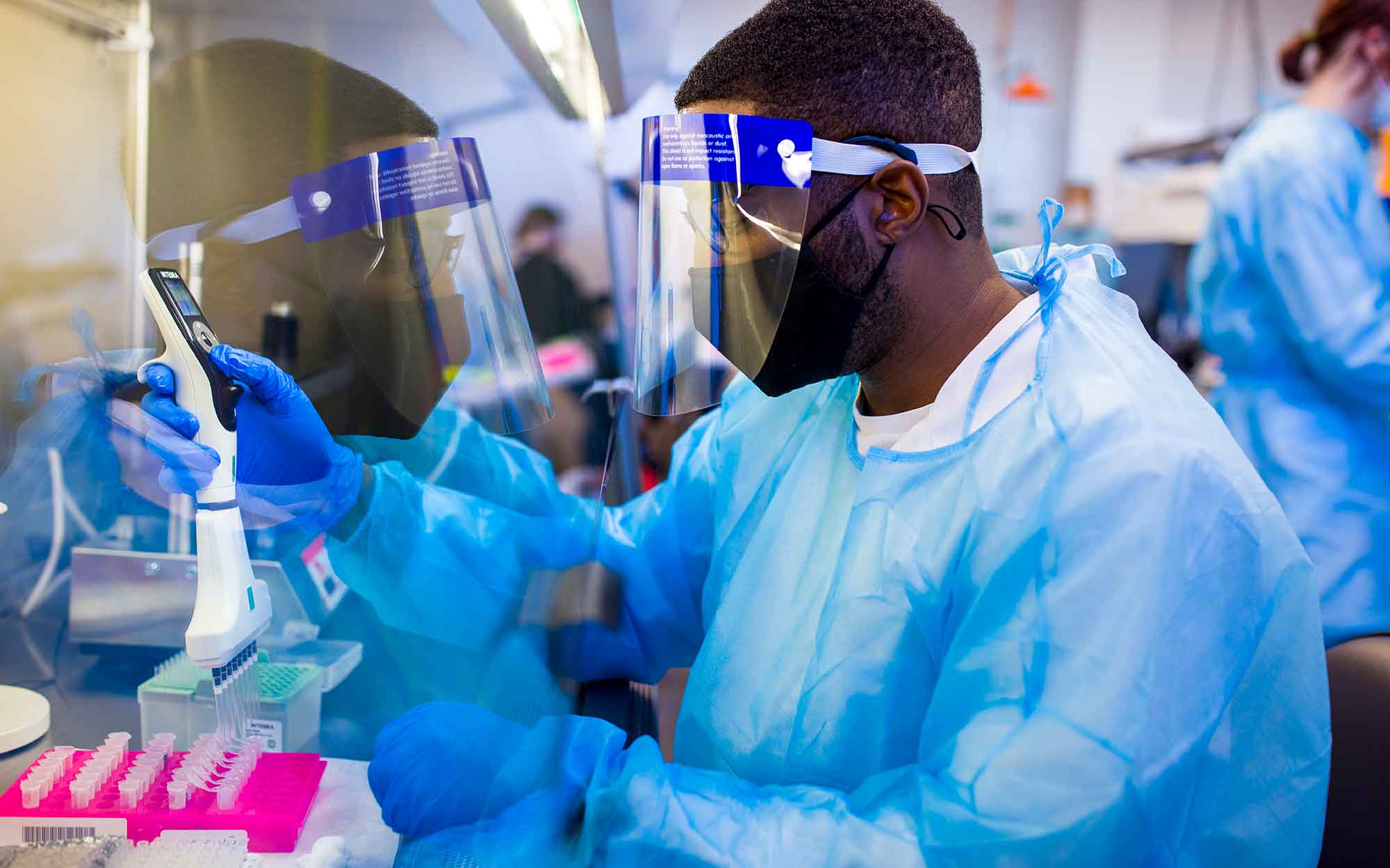
Covid response
When the UNL campus needed to increase the capacity for COVID-19 testing on campus, it tasked the NVDC with setting up a laboratory capable of processing and testing saliva samples. Unfinished space was quickly equipped to accommodate, and the reception area was shifted to provide a safe and isolated sample receiving area and certifications for testing were acquired. Since January 2021, the NVDC processed nearly 300,000 samples. The experience demonstrated the NVDC's responsiveness and quality assurance.
Poised for the Future
A long-time, trusted contributor to the health and safety of the food and agriculture sector, the NVDC is positioned to lead research and science for decades to come. The NVDC facility is a testament to this commitment, bringing leading researchers and technology together to innovate forward for efficiency and discovery.
With continually growing research efforts, the facility also draws interests from perhaps the most important commodity of all — students.
To many DOW leaders, there is no more challenging an issue to national security than lack of future workforce. For NVDC, creating hands-on, collaborative research opportunities for students is a primary focus because it inspires and motivates the next generation of scientists.
Undergraduate students in the UNL College of Agricultural Sciences and Natural Resources veterinary sciences program as well as veterinary students in the UNL professional program for veterinary medicine are key drivers for the success of the NVDC. Students gain experiential learning opportunities working with and around real-life animal health diagnostic challenges. They provide technical support through all areas of the laboratory, and many go on to become the front lines of the animal and one health response and capacity throughout Nebraska.
"Our graduates are essential to ensuring the health and safety of the nation’s food supply and are critical to ensuring the continued economic vitality of Nebraska," Dr. Loy said. "They are the first responders should any threat arise."
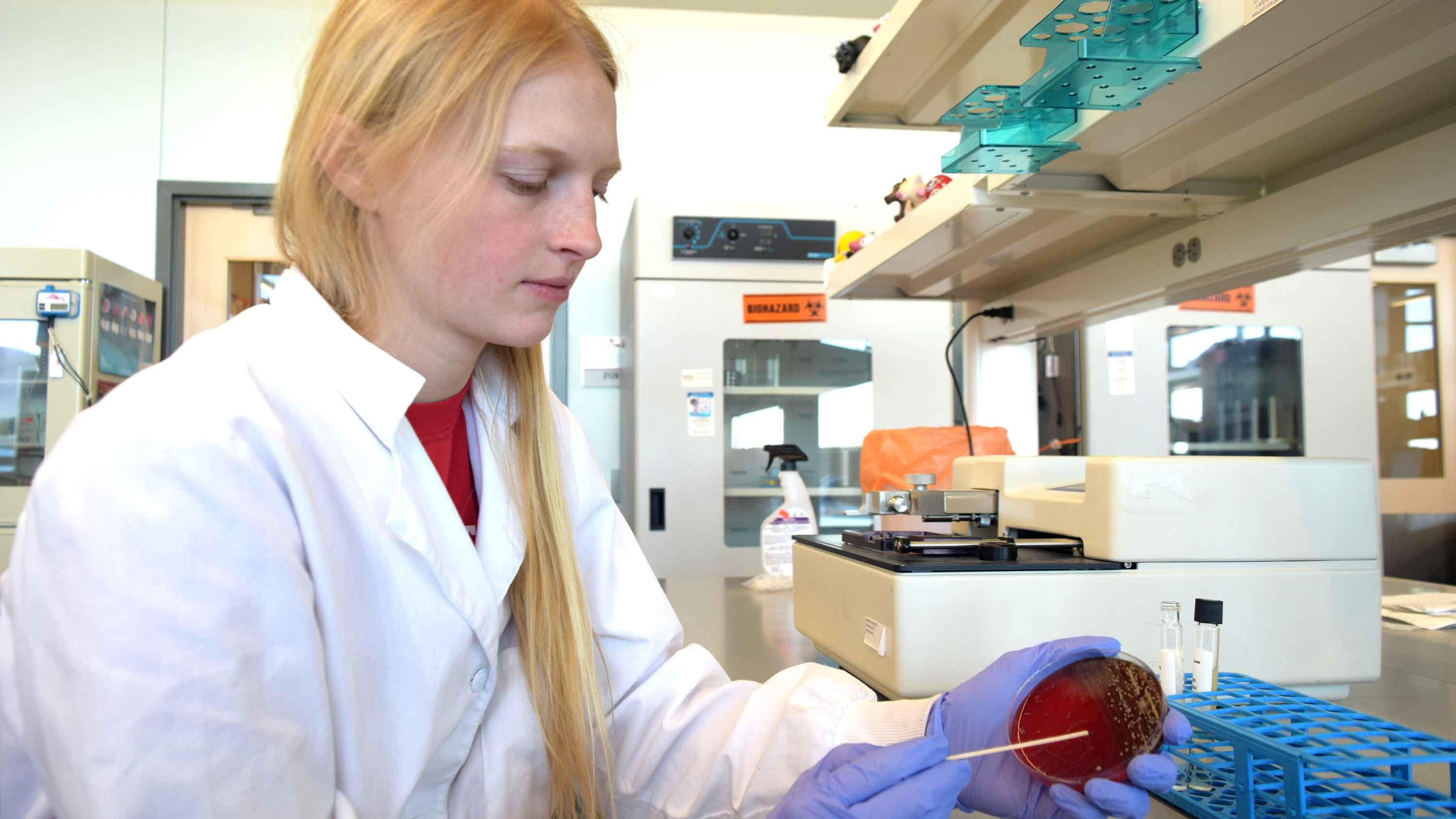
With the stage set and many significant contributions already in progress, the NVDC is poised to respond to DOW agency requirements, gaps and challenges.
"The opportunity to continue to provide expertise that can protect and enhance animal health and the nation’s food supply through animal agriculture is incredibly exciting to me," Dr. Loy said. "Ensuring a safe and healthy food supply through supporting rapid detection and surveillance for diseases of concern is a critical part of what we do."
###
Connect With NSRI
As the University Affiliated Research Center (UARC) designated by the U.S. Department of War, sponsored by U.S. Strategic Command and the University of Nebraska System, the National Strategic Research Institute (NSRI) delivers solutions for strategic deterrence and CWMD mission requirements gaps. Our rapid-response capabilities and efficient contracting vehicle can help federal government program managers meet critical research and development needs. Connect with us to learn more.
COOKIE USAGE:
The University of Nebraska System uses cookies to give you the best online experience. By clicking "I Agree" and/or continuing to use this website without adjusting your browser settings, you accept the use of cookies.
